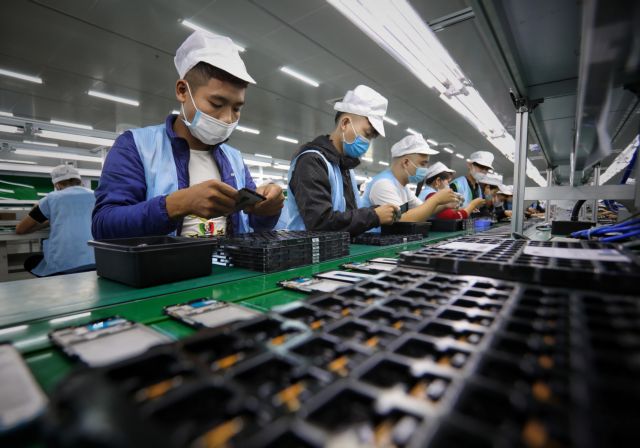
HÀ NỘI — Việt Nam has set a target of becoming an industrialised country with highly competitive industries, and among the world’s top 15 largest exporters by the end of 2030.
According to a report by the Ministry of Industry and Trade (MoIT), the country’s immediate target is to develop 20 products with strong international brands, to strengthen its position in the global supply chain, to bring its supporting industry’s capacity to meet 70 per cent of domestic demand and localisation of production to 45 per cent.
The country’s supporting industry, which remained underdeveloped and overly reliant on imports, has been identified as a major weakness for Việt Nam, especially in key industries such as electronics, textile, leather and footwear, manufacturing and automobile.
The effect has been made painfully clear since the pandemic as Việt Nam’s top suppliers of parts, including Chia, South Korea and Japan, were hit hard by COVID-19, causing severe disruptions to production in Việt Nam.
In addition, over-reliance on outside supplies has crippled the development of indigenous supporting industries while cutting deep into domestic firms’ profitability. For example, the Southeast Asian economy relies on China and South Korea for as much as 90 per cent of the input materials for textile, footwear and electronics. Experts have long raised concerns over the country’s inability to contribute more to product value, putting it at high economic risk in the event large international corporations decided to move production elsewhere.
In order to address the issue, the MoIT has proposed a restructuring plan for Việt Nam’s industries with a focus on the development of supporting industries. According to the ministry, significant progress had been made in the 2011-20 period with industrial production accounting for around 27.45 per cent of the country’s total GDP annually.
The ministry advised the government to focus on qualitative development instead of quantitative and to take measures to improve productivity, one of the main weaknesses of the economy. The ministry said by the end of 2030, industrial production is to account for 40 per cent of total GDP, manufacturing value added per capita over US$2,000 with a 45 per cent contribution from high-tech industries.
The ministry said among the top priorities for the next ten years is how to restructure many State-own enterprises under their own management, which have been underperforming and causing losses in the billions of dollars for decades now. VnExpress News
- Reduce Hair Loss with PURA D’OR Gold Label Shampoo
- Castor Oil Has Made a “Huge” Difference With Hair and Brow Growth
- Excessive hair loss in men: Signs of illness that cannot be subjective
- Dịch Vụ SEO Website ở Los Angeles, CA: đưa trang web doanh nghiệp bạn lên top Google
- Nails Salon Sierra Madre
 VnExpress News The News Gateway of Vietnam
VnExpress News The News Gateway of Vietnam




